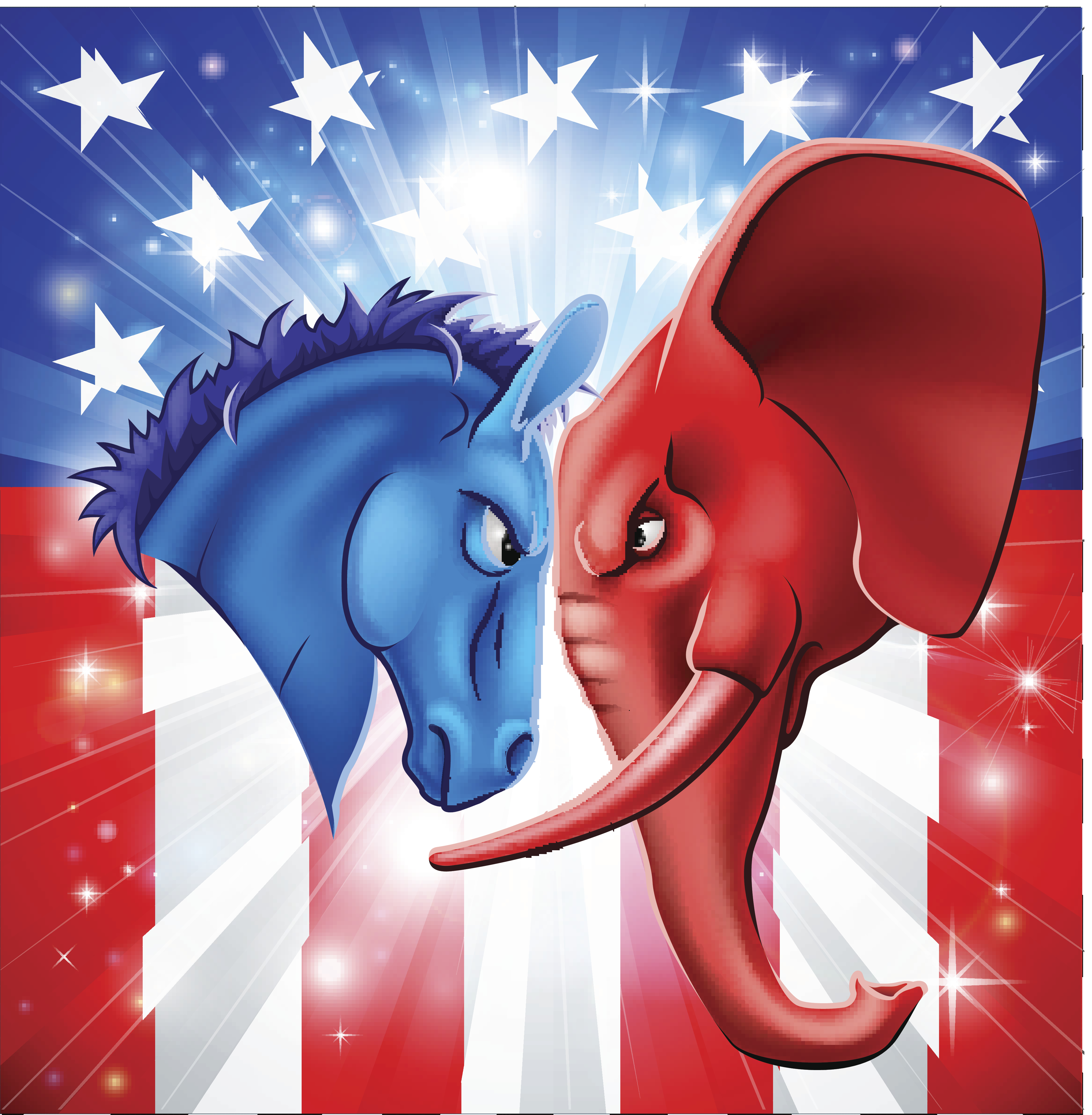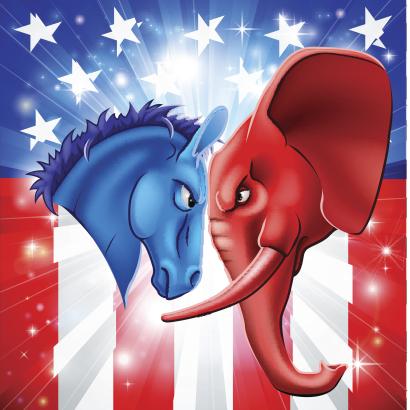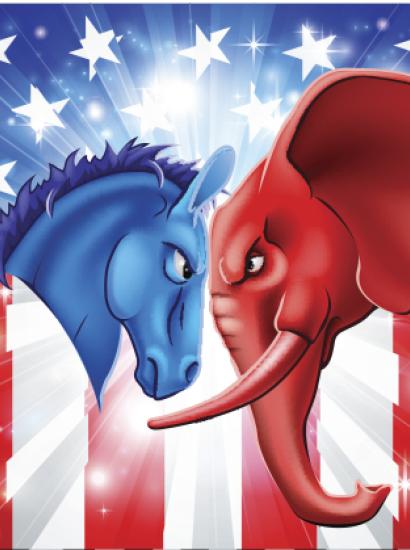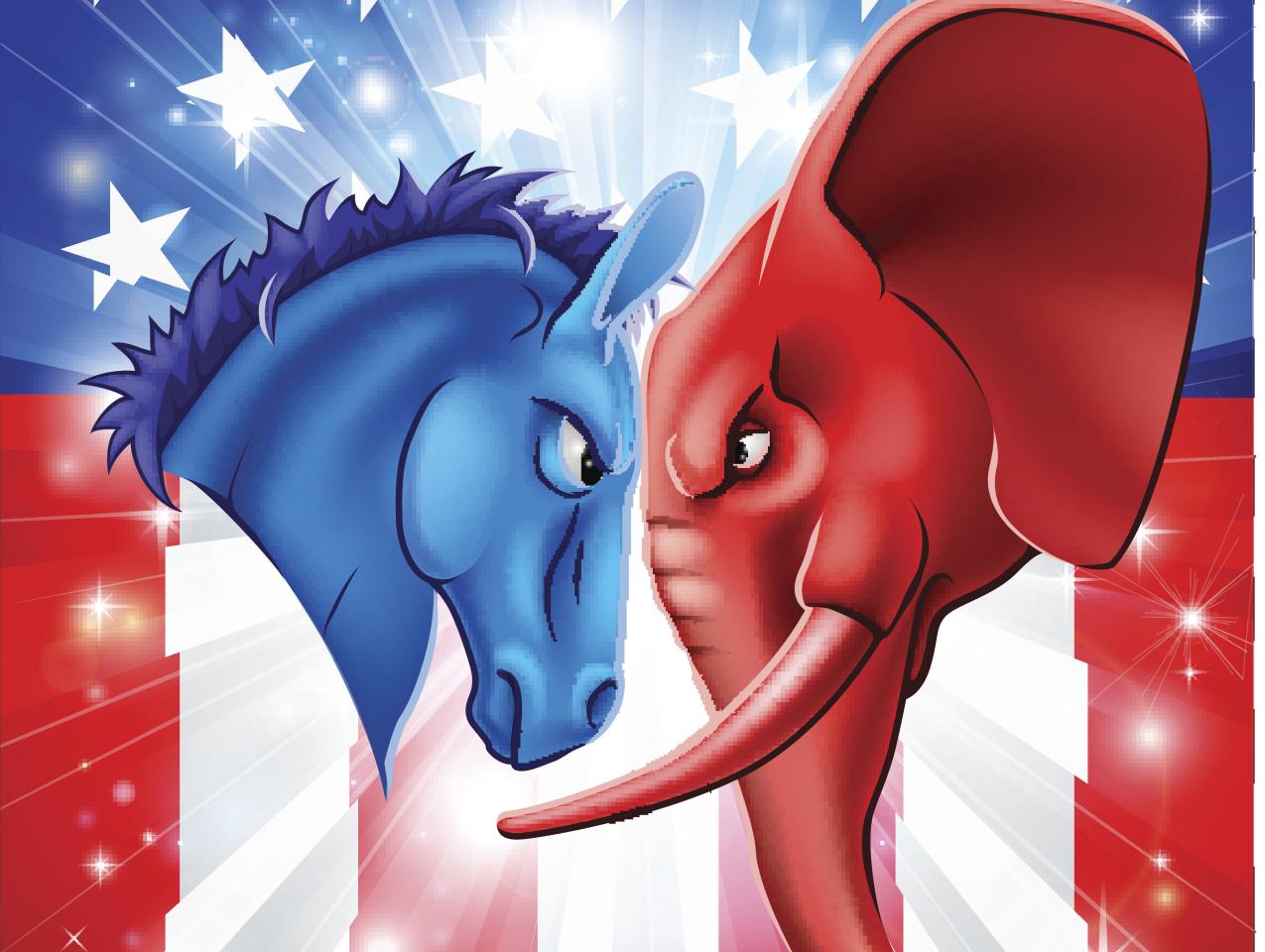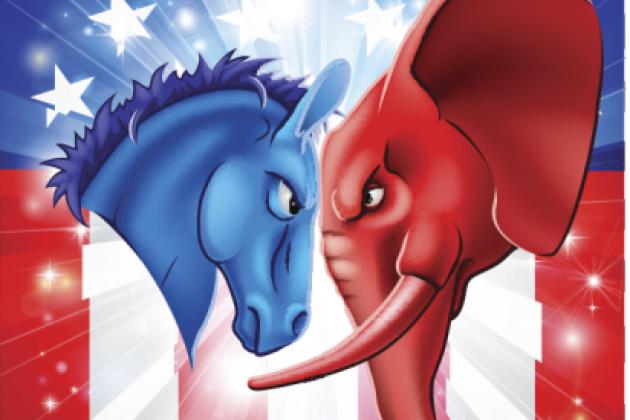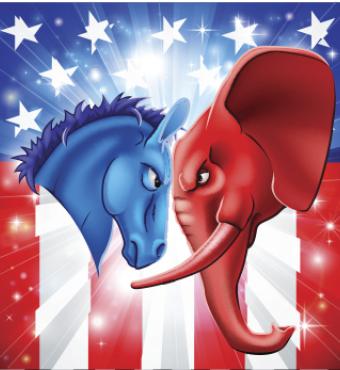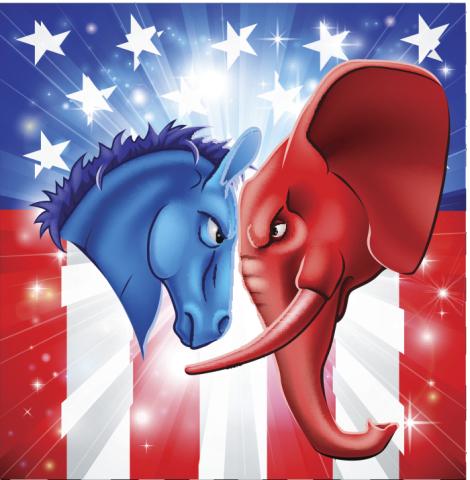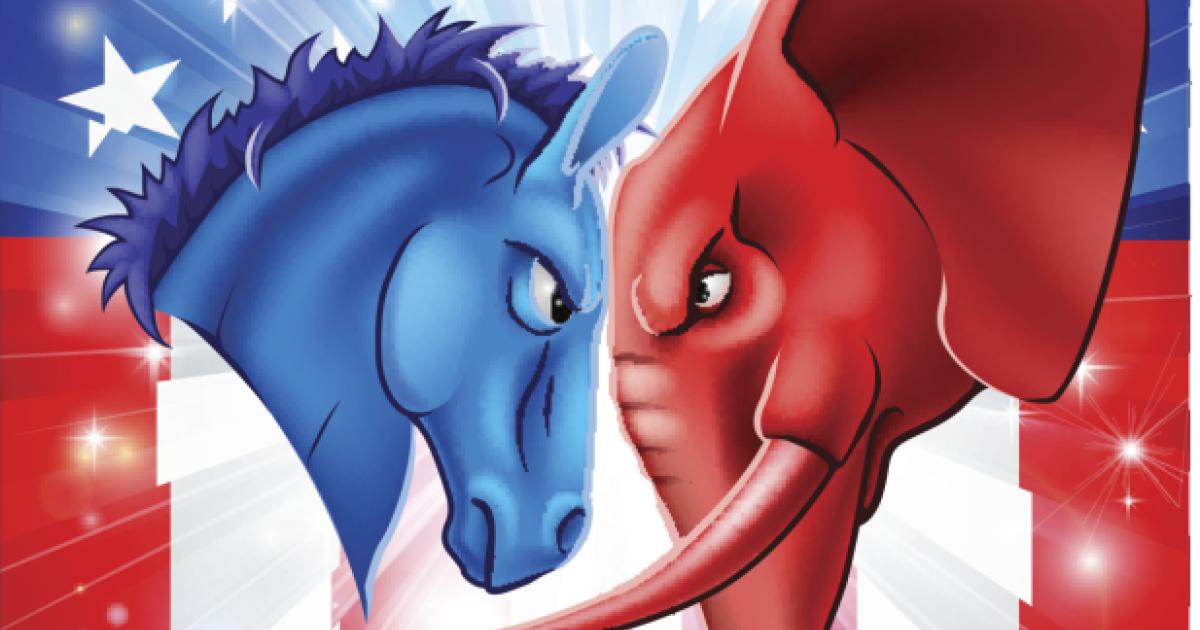- Politics, Institutions, and Public Opinion
- Campaigns & Elections
- State & Local
- Law & Policy
- Civil Rights & Race
Elections are, in a sense, a public relations battle. Candidates often need to take the same news and spin it in the direction that best benefits their narrative and vision. Take the California gubernatorial race. Governor Jerry Brown is running on the “California comeback,” a narrative that suggests California is recovering at a pace sufficient to meet the labor and economic needs of Californians. His Republican opponent, Neel Kashkari, is eagerly making the case that Brown’s “comeback” is not only inadequate, but also illusionary.
The tricky part is that sometimes the same statistics can add to both narratives. For instance, Brown loves to highlight that California has regained all the absolute number of the jobs the state lost during the Great Recession. Kashkari could counter, of course, that it took California 72 months to do so and that California still has over 321,000 more people unemployed than it did on December 2007 – the start of the recession.
Even data from respected economists and economic forecasters can give both sides something to tout. The UCLA Anderson economic report is one that Californians eagerly await (or at least should). It has a fairly accurate track record, something difficult to achieve for economic forecasting. For instance, on average, the UCLA Anderson forecast has under-predicted the City of Los Angeles’ unemployment rate by just a ½ point since 2011, on average.
And yet, like most other statistics, the recently released September forecast provides both sides – Jerry Brown/Sacramento Democrats and Neel Kashkari/California Republicans – with equal campaign fodder.
Jerry Brown and the Democrats: California’s real estate market was hit very hard during the recession and a poorly preforming housing recovery creates friction elsewhere in the economy. But Jerry Nickelsburg, the UCLA Anderson chief economist, says that the housing market is beginning to behave like “normal” meaning the market is “a much easier environment for home builders to navigate, which will make them more likely to launch new construction.” The report also predicts California will add 700,000 more jobs by 2016 at a growth rate of 2.2 percent, about 0.3 points better than the national average. All of this fits into Brown’s “comeback” narrative that California is continuing to make progress – and progress ahead of other states – and hence, no major change in leadership is necessary.
Neel Kashkari and the Republicans: Of course, Kashkari and the Republicans disagree that leadership changes aren’t necessary. Their narrative is that California’s comeback should and ought to be stronger and in reality, the current recovery is leaving many in the state behind. And the UCLA Anderson report agrees with them also. Jerry Nickelsburg says that California is “about 1 million jobs shy” of the Golden State’s potential, taking into account the state’s population growth. The report goes on to characterize the recovery as “slow, steady, and unexceptional growth.” It further notes “that we are entering the sixth year of expansion illustrates just how painfully plodding this recovery process has been.” This assessment lies in stark contrast to Brown’s more rosy description.
But here lies the problem for Kashkari and the Republicans; Brown is, on average, about 18 points ahead of Kashkari. Between Brown’s decently strong approval ratings, his substantial financial advantage, the Democrats’ large registration gap, and the Republican Party’s poor standing with voters after years of missteps, either voters won’t hear Kashkari’s version of the facts or his narrative won’t resonate with them.
And this is a problem. California is not only a one-party state in terms of governance; it is also a one-party state in terms of narrative. The California story is what the Democrats want it to be and as we can see from the UCLA Anderson September 2014 report, Jerry Brown and the Democrats would much prefer to leave out a substantial set of facts. This reality is just one more example of why California needs a functioning and flourishing two-party electoral environment: right now, Californians are only receiving half of the story.
Follow him on Twitter: @CarsonJFBruno







